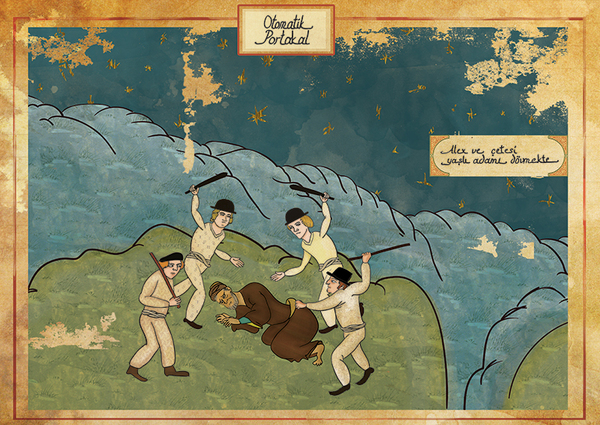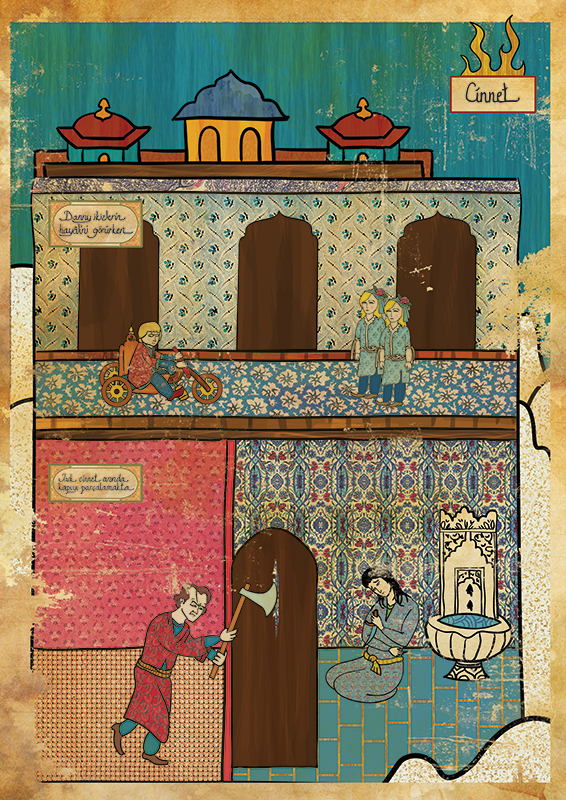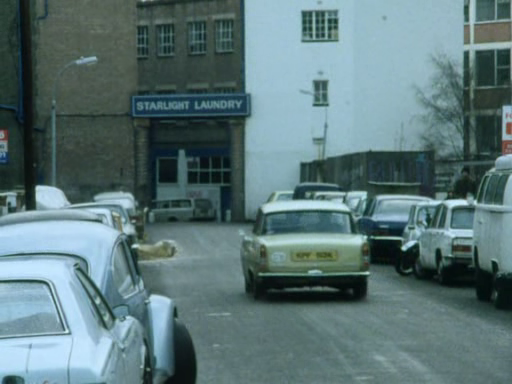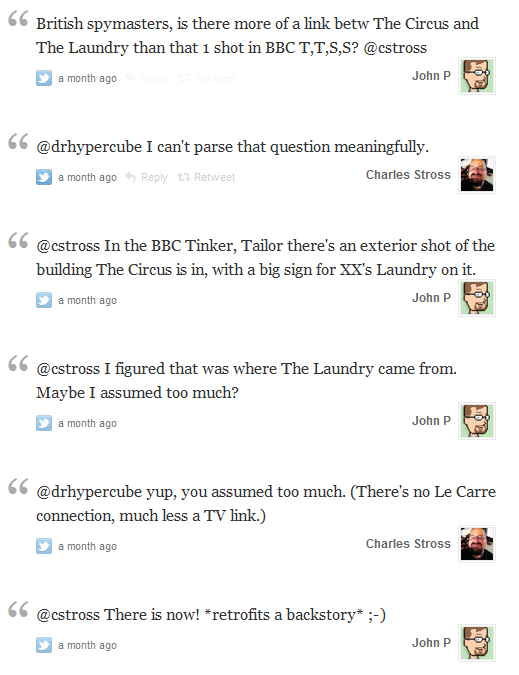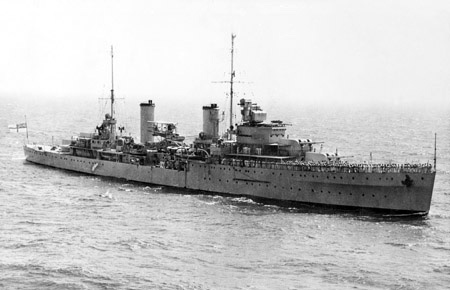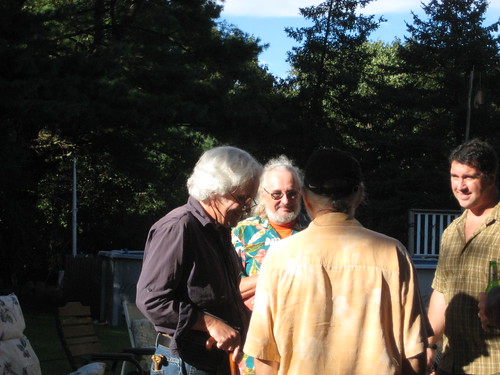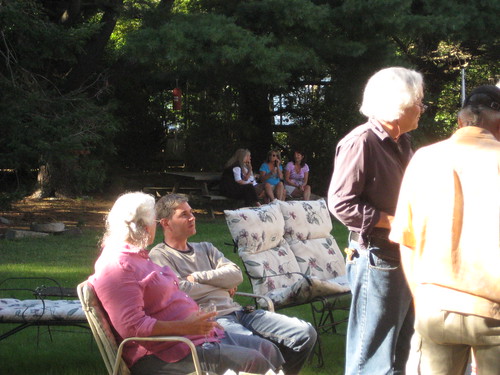Category Archives: random stuff
Donald Richie 1924-2013
Donald Richie died last Tuesday. I was already planning to go to the Music Hall Tuesday night for their presentation of Ran; it seemed an excellent way to honor Mr. Richie’s memory, and so I raised a glass to him on my way to the theater. I learned of Mr. Richie’s work very recently – at a dinner at a brilliant friend’s place, I started talking Kurosawa with another brilliant friend (I’d just watched The Seven Samurai again and was full of enthusiasm). She pointed me at Richie’s book on the director as well as a bio of Kurosawa and Mifune by Stuart Galbraith IV and a fantastic novel, The Last Samurai, that uses The Seven Samurai as both an element in the characters lives and as an organizing theme.
Caterina Caselli – Sono Bugiarda
Amazing. Is this a rework of the Prefab Four’s hit? Did this come 1st? And check the peloton. Wool shorts. Toe clips, leather shoes and cleats. Bare heads. Back when doping was a handful of amphetamines. I’m hoping she’s perched pillion on a Vespa.
Tereshkova and Armstrong
Source: awesomepeoplehangingouttogether.tumblr.com via John on Pinterest
–
Previously – Tereshkova and Lucid.
Hominid
Classic Movies in Miniature Style
What hath craigslist wrought?
This:
Obviously led to this:
*
*
A tugboat reads CL and gets confused – even though the missed connection clearly refers to one of the Moran tugs, Miss Stacy is overcome and throws herself at the Portsmouth side of the Memorial Bridge. (You can follow the bridge on Twitter – @psmithbridge.)
1-31-07, 5 years on
*
The 2007 Boston bomb scare occurred on January 31, 2007 when the Boston Police Department mistakenly identified battery-powered LED placards resembling the Mooninite characters in the show Aqua Teen Hunger Force found throughout Boston, Massachusetts and the surrounding cities of Cambridge and Somerville as improvised explosive devices. *
I don’t see a lot of improvement in the threat assessments DHS, the cops, etc. are doing.
The Circus, The Laundry and Apophenia
A month or so ago I re-watched the classic 1979 BBC adaptation of LeCarré’s Tinker, Tailor, Soldier, Spy – partly to get ready for the new Gary Oldman movie, but mainly because it is so damn good. I was happily viewing when one shot caused my jaw to drop:
*
George Smiley is on his way to the Lamplighter’s HQ to interview Toby Esterhase. I saw the ‘Starlight Laundry’ sign and immediately thought of Mr. Stross. His wickedly entertaining Laundry series is a Secret Service/Lovecraft/bureaucracy horrorthrillercomedy amalgam that I can recommend unreservedly. “Aha”, says I, “I’ll bet this scene is The Laundry’s birthplace!”
Alas. A little while later I tweeted – wondering if there was any back story to the choice of a laundry in the BBC shot. [technical note – I will work out the ’embedding Storify w/in a WordPress post’ kinks in the fullness of time – for now, a screen scrape]
“Apophenia is the experience of seeing meaningful patterns or connections in random or meaningless data.” *
And lest anyone think I’m particularly observant/pattern recognizing/perceptive, I think this one belongs in the “even a blind pig can believe he’s found an acorn once in a while” bucket.
Mining the past and cognitive psych
I was thinking about the two examples I posted earlier in the week of folks interrogating historical pictures/text for scientific info. And one of the things I was thinking about was the difference in credibility between the more recent traveler’s reports and pictures and those provided by the classical artists and commentators. There are a bunch of factors – art (with its varied intentions) vs. photography (at least until the advent of the shoop, subject to a lighter level of manipulation), the specific credibility problems around the taking of wild animals (a polite way of saying that all fishermen are liars), but I kept dwelling on one other difference. The African travelers of the 1850’s are like us. The Romans, Greeks and Etruscans aren’t. I don’t want to overdo it – I think that people, are at the core, similar – but the facts available to a Greek philosopher (even Democritus) and the available ways of organizing the facts? Not the same as those available to an explorer in the 1800s. This facts and framework thing affects how one sees the world and thus feeds back on how the world is portrayed. Tangent – another argument in favor of mining the most prosaic of historical docs? Three sheep on a tax roll are always three sheep, after all.
So I listened to an NPR piece on the search for the HMAS Sydney rapt. I knew about her history; Robert Farley over at Lawyers, Guns and Money has put up an excellent series of posts on the Sydney – Kormoran engagement and aftermath In a nutshell, on 19 Nov. 1941 HMAS Sydney encountered and engaged the Kriegsmarine merchant raider HSK-8 Kormoran. Both ships were sunk; 318 Germans survived but all of the crew of Sydney was lost. A variety of theories have been proposed to explain the lack of Australian survivors from involvement of a Japanese sub through German treachery and subsequent murder of survivors to the more prosaic poor ammunition storage leading to magazine explosion. LG&M posts fleshing this out: Sydney, Kormoran, the battle and afterward (with bonus musings on the legality of a couple of James T. Kirk’s ploys). In 2008 the wrecks of both Kormoran and Sydney were located.
Where the engagement took place has been an open question since the get-go and it’s one that folks searching for the wreck wanted to have answered, the ocean being a big place and all. Let’s ask the survivors:
“Particularly in a wartime situation, the position of the ship is really kept in the bridge area,” Trotter says. “It would not be normal that the rest of the ship’s company would be told.”
Still, in the course of their interrogations, about 70 Germans did come up with a location. But those locations, taken together, didn’t make much sense — the positions were spread out, smeared over hundreds of miles. One survivor even placed the sinking almost halfway to Antarctica.
So most Australians concluded that the Germans must be lying, their conflicting accounts part of a ploy to throw the Australians off the scent. When Sydney hunters went out looking for the boat — and many did — they either completely disregarded the accounts from the Germans, or, in a couple of cases, focused exclusively on the captain’s version of the story. *
The assumption that the Germans were lying fueled the sub/treachery theories. Without any semi-specific area to search, efforts to locate the wrecks came up empty. Enter cognitive psychologists Kim Kirsner and John Dunn.
As cognitive psychologists, Kirsner and Dunn took a very different view of the German accounts. To them, the spread of the reports looked like the kind of data they saw in memory experiments. So they set out to prove scientifically that the Germans were probably telling the truth.
“We wanted to make the case — show that the characteristics of these reports were the right kind of characteristics,” says Dunn. That is, that the inconsistencies in the reports were precisely the kind of inconsistencies that occur naturally from failures of memory and the vagaries of transmitting information from person to person. *
They expanded the work of Frederic Bartlett:
One of his most famous studies was on the cognitive and social processes of remembering. He composed a series of short fables (the best known was called The War of the Ghosts[1]), each of which comprised a sequence of events which were ostensibly logical but subtly illogical, and there were several discreet non-sequiturs. He would recite this story to subjects, then later (sometimes much later) ask them to recall as much of it as possible. He discovered that most people found it extremely difficult to recall the story exactly, even after repeated readings, and hypothesised that, where the elements of the story failed to fit into the schemata of the listener, these elements were omitted from the recollection, or transformed into more familiar forms. *
Kirsner and Dunn did a statistical analysis on Bartlett’s data and on the German’s accounts. They saw similar results – in other words, it seems like the Germans were doing standard misremembering, not lying. The effort to find the wrecks went on from there, but my brain came to a screeching halt. One: our schemata cause us to misremember consistently. Two: a group of inconsistent accounts can be analyzed and we can see if they fit into a normal misremembering scenario. Question one – given a schemata pattern and a benchmark – in this case, Kirsner and Dunn’s analysis of sailor stories and the now known location of the ships – can we use the stats to model and correct for inaccuracies in other tales? Question two – given 2 or 3 pattern/benchmark pairs separated by time/culture/etc, can we contrast different misremembering tendencies and say something about the schemata in place for each pair? Question 3 – would a constellation of these schemata metrics give us a way to filter out some of the framing (theirs and ours) that stands between us, with a bunch of traveler’s tales, and a more accurate data set?
Reaction one: cool.
Bodios IRL
Off I went to the South Shore (I think that’s the correct region name) yesterday for a cookout. Not just any cookout, mind you, but a chance to meet Steve and Libby Bodio in the flesh; Steve and I have been corresponding, exchanging links, etc. for quite a few years. If you know anything about the Bodios, you know to expect a diverse crowd, viz. a herpetologist who studied elephant seals before going into the building trades, someone who dropped out of law school to sell (fine) carpets (and fly falcons), etc. It was a great get together and more than a bit of a milestone for me – more on that in a moment.
Steve -on the left- chuckling over an anecdote.
*
The back of Libby’s head (sorry – photojournalism wasn’t a priority and the one portraity picture I took is not great) and Eric, Steve’s last Massachusetts apprentice (many years ago).
*
Note in both photographs the object sticking out to Steve’s back pocket. There’s a story there; I’ll let Steve tell it, but in the meantime guess away as to it’s identity.
Steve hasn’t been east in many years, so there was a lot of year-totalling-up for him to do with old friends. I’m a newcomer – we’ve known each other on line for 5 years or so – not even the blink of an eye comparatively. That being said, I was thinking this morning about how long I’ve known about him… A Rage for Falcons was the first thing of his I remember reading. I may have read essays or reviews before finding A Rage (in Stroudwater Books when it was in the Pic ‘n Pay Plaza in Portsmouth, for you local old-timers) but the descriptions of falconry in A Rage left a mark and rekindled my desire to fly raptors. I went to the bookshelf and pulled the book, opened it and read ‘copyright 1984’. We’re talking 27 years.
Great conversation (Libby and I talked tazis and teckels – where else could one do that?), great beer (thanks, Throwback), and great hosts (THANKS!, Karen and George). What a day!
“Death to the Cult of Youth!”
Via @olivialanguage.
Also – I’m still upright!


